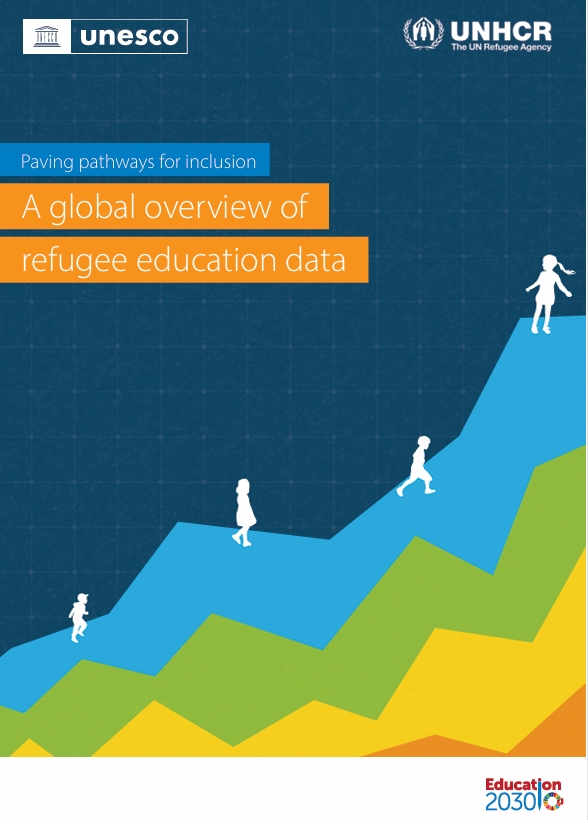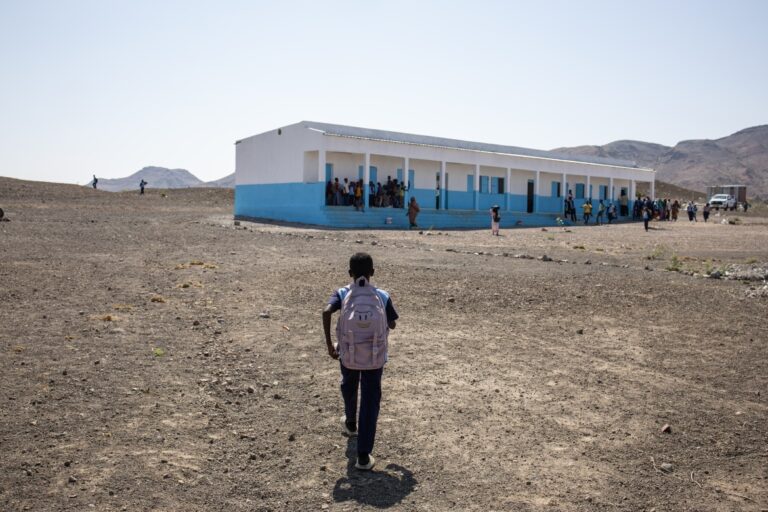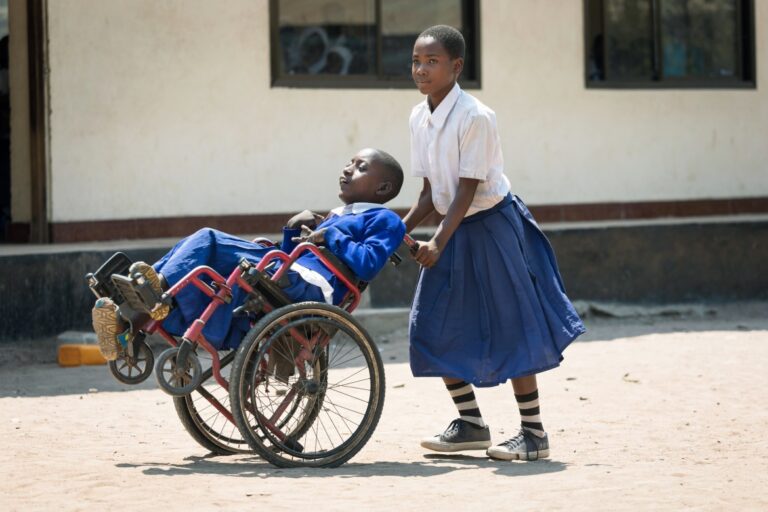^ Dance, art, drama and music are creative avenues ideal for engaging non-English speakers. Photograph: Holly Pickett for the Guardian
By: Helen Hanna and Stefan Kucharczyk for the Guardian, Tue 22 Nov 2016 16.02 GMT
The experience of school can vary enormously for migrant pupils. Here’s how to give them a successful, inclusive education
The issue of migration is rarely out of the news at the moment, but migration is nothing new to the UK. Despite having decades to ensure policy and practice helps migrant pupils settle and feel included, research shows that migrant pupils in our schools have varying experiences of education.
Migrant children will often have travelled a long way, possibly in difficult circumstances. They will probably be tackling language and cultural barriers, and then they have to get to grips with the expectations of a new teacher. So what can educators do to make this process as smooth as possible?
Let them be the experts
Migrant children are the experts on their own lives; the best way to find out about them – their previous experiences, their interests, likes and dislikes – is to ask them. For example, children from the Middle East may want to contribute during RE lessons about Islam; some will know more than the teacher.
Rather than seeing this as a challenge to your authority, be ready to draw on their knowledge (and don’t get flustered when they correct your pronunciation of “Qur’an”). Treat them as experts, get to know them as human beings, and encourage everyone else in the class to do the same.
Represent them
Our experience has shown that a crucial question in multi-ethnic schools is whether students can “see themselves” in the “story” of the curriculum. The key to including migrant children is for teachers to be creative with the curriculum, choosing topics to reflect the range of children’s cultural identities and experiences. This can build confidence and a sense of pride in their home countries while offering valuable learning opportunities for their classmates.
If you have a new child from Rwanda, for example, why not use your geography lessons to focus on the Rwandan rainforests? Being inclusive with parents is equally important; drawing on their knowledge can build stronger school-home links and help to include them in the school community.
Get creative
To engage migrant learners with the curriculum, we need to build their understanding in ways other than the “literal” – that which requires language. Picture books are a way to level the playing field for learners with different abilities in English. These books can tell complex stories that require little or no proficiency in English to enjoy. The Arrival by Shaun Tan, for example, is a beautifully illustrated but wordless book that tells a strange tale of migration and discovery: it is the perfect starting point for talking about journeys. Armin Greder, David Weisner and Anthony Browne write similarly engaging yet accessible books.
Dance, art, drama and music are ideal avenues for engaging non-English speakers. As well as tapping into rich seams of cultural tradition, they can be a welcome relief from using words and an opportunity for non-English speakers to shine.
Encourage collaboration
Enabling migrant children to work together means that they can share linguistic and emotional knowledge – they may have been through similar experiences. This could mean buddying up children who have the same home language in class or at playtime, but sometimes it does not even require a shared spoken language – we often find that children are much more creative than we are in being able to communicate with each other, such as when a new arrival from Latvia was described by a less-new-arrival from Sudan as being “really funny” despite neither of them understanding a word of what the other way saying.
But avoid grouping all EAL pupils together all the time – the children we speak to tell us that they want to mix it up sometimes.
Don’t underestimate them
A fundamental reminder: although it is important to consider the additional things we need to do to support migrant children, we should not underestimate them or think their academic abilities are the same as their English language skills. These children may be high-achievers in their home countries and their level of literacy in English may not necessarily reflect their capability overall. Don’t let lack of English language literacy be a barrier – you may have the next Nobel Laureate in your class.
Dr Helen Hanna is a lecturer in education studies at Leeds Trinity University and Stefan Kucharczyk is the founder of ARTiculate Education
Follow us on Twitter via @GuardianTeach. Join the Guardian Teacher Network for lesson resources, comment and job opportunities, direct to your inbox






